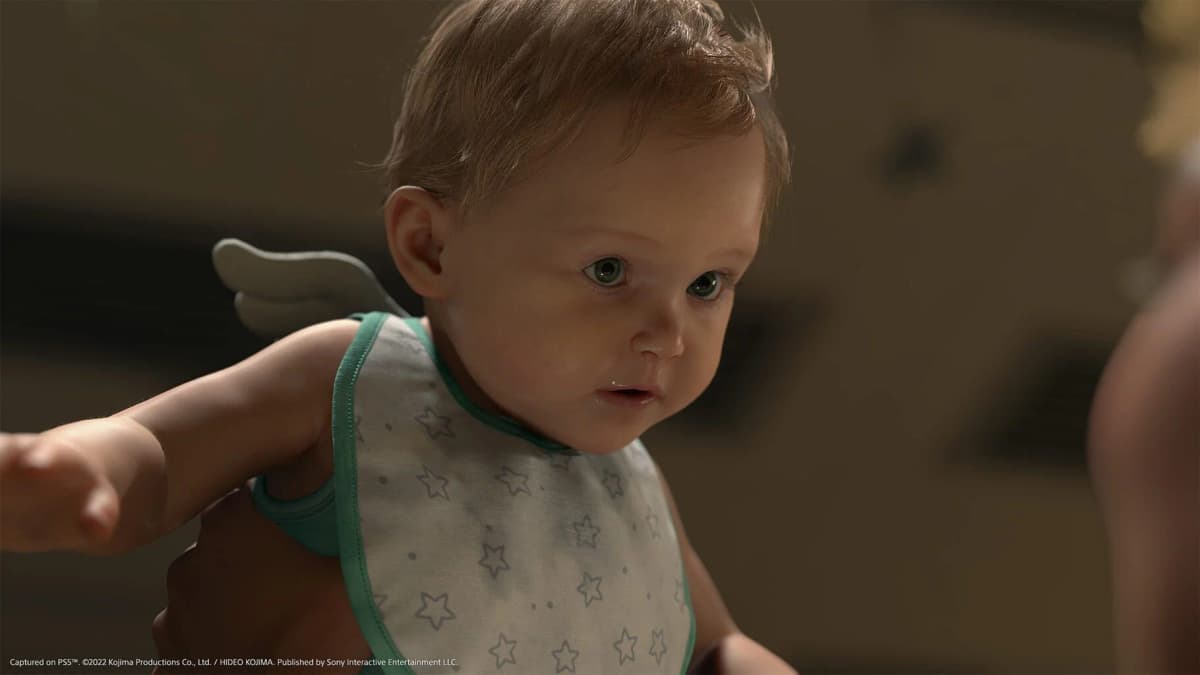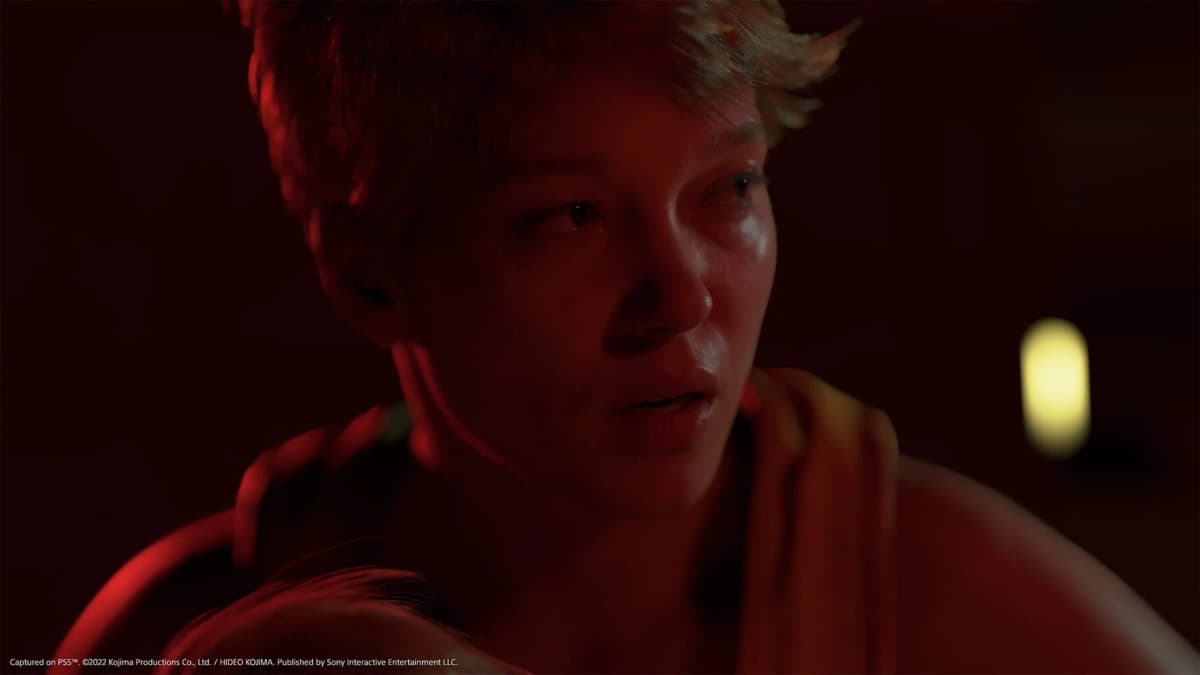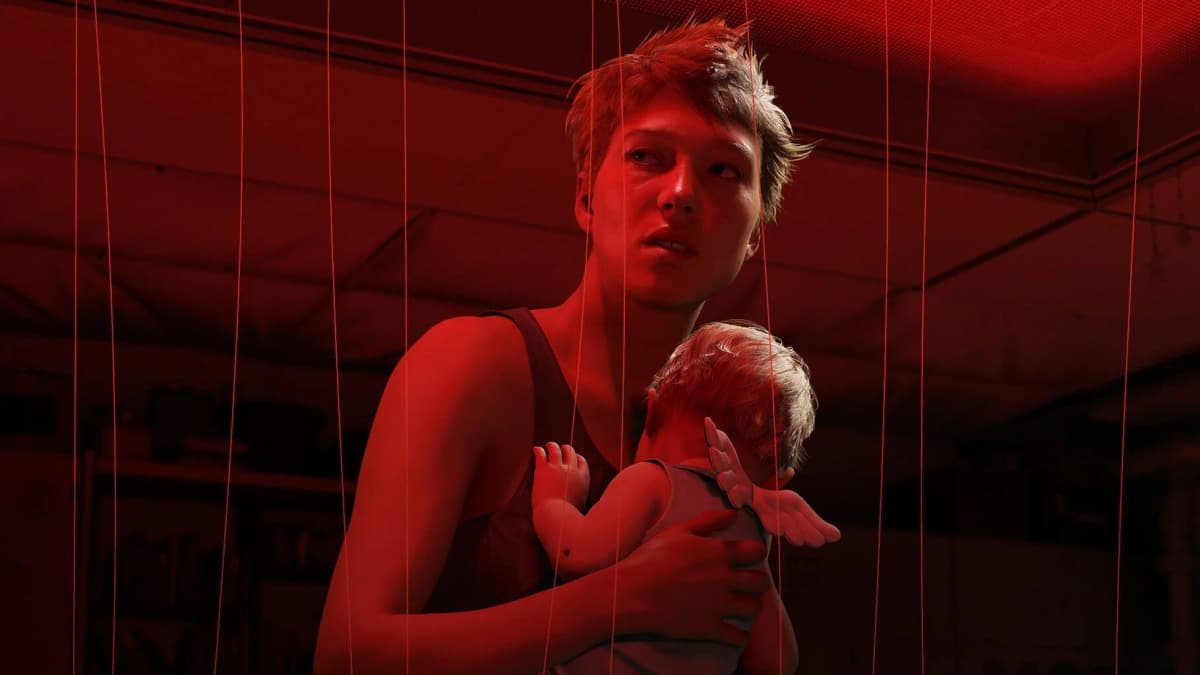Okay, Death Stranding 2 caught my eye not only for Hideo Kojima’s signature weirdness or the mind-bending trailers, but also because—brace yourself—Nintendo Pictures shows up in the credits of this PS5 exclusive. In an era when platform holders guard their tech jealously, spotting “Nintendo Pictures” on a Sony blockbuster almost feels like seeing Mario pop up in a PlayStation menu. Here’s why this unlikely cameo could signal more than just a production footnote.
The Surprising Nintendo Credit
Behind Death Stranding 2’s stunning visuals and nuanced facial animations lies a motion-capture process handled by Nintendo Pictures (the studio formerly known as Dynamo Pictures). Before Nintendo acquired them in 2022, Dynamo provided mocap services for major franchises. Most assumed Nintendo would limit the rebranded outfit to in-house projects—think movie tie-ins and promotional shorts. Yet pre-acquisition contracts or special licensing deals appear to have kept certain doors open, allowing Kojima Productions to tap this expertise for its PS5 showcase.
Why It Matters for Tech Licensing
Fact: Cross-console tech partnerships of this scale are rare. Opinion: We should pay attention. When fierce competitors share core pipelines—like Guerrilla Games’ Decima Engine or now Nintendo’s mocap workflows—it challenges the zero-sum view of “console wars.” This collaboration underscores how expensive, specialized services can foster pragmatic alliances that transcend brand loyalty.

For studios, outsourcing to a boutique mocap team can streamline timelines and elevate quality without reinventing the wheel. For platform holders, licensing out post-acquisition assets could open new revenue streams—if they’re willing to loosen the reins. Without official statements from Nintendo Pictures or Sony, we can only speculate on the deal’s scope. Future research might include tracking patent filings or interviewing developers to clarify these arrangements.

One-Off Fluke or Emerging Trend?
One view sees Death Stranding 2 as a contractual hangover from before Nintendo’s buyout—unlikely to repeat. A more optimistic take envisions cracks in the console-kingdom walls, where best-in-class studios license services across platforms. Given the high cost of mocap infrastructure—specialized hardware, studios and skilled technicians—third-party providers may increasingly serve multiple publishers, regardless of corporate rivalries.
Impact on Gamers and the Industry
Players will likely notice only smoother facial animations and more lifelike performances. But for industry watchers, this moment feels significant. Blurring the lines between “exclusive” and “shared” tech pipelines could accelerate innovation, reduce production costs and raise quality benchmarks across AAA titles. It also prompts a key question: will Nintendo or Sony consciously pursue more partnerships, or retreat to protect their core IP and branding?

Conclusion
Death Stranding 2’s hidden Nintendo connection may seem like a curiosity today, but it highlights the complex web of contracts and collaborations behind modern game development. Whether this marks a new era of cross-platform licensing or simply honors legacy agreements, the result is a richer experience for players and a reminder that, behind every console-war headline, studios often speak a common technical language.
| Feature | Detail |
|---|---|
| Publisher | Sony Interactive Entertainment |
| Release Date | 2025 (TBA) |
| Genres | Action, Adventure |
| Platform | PlayStation 5 |